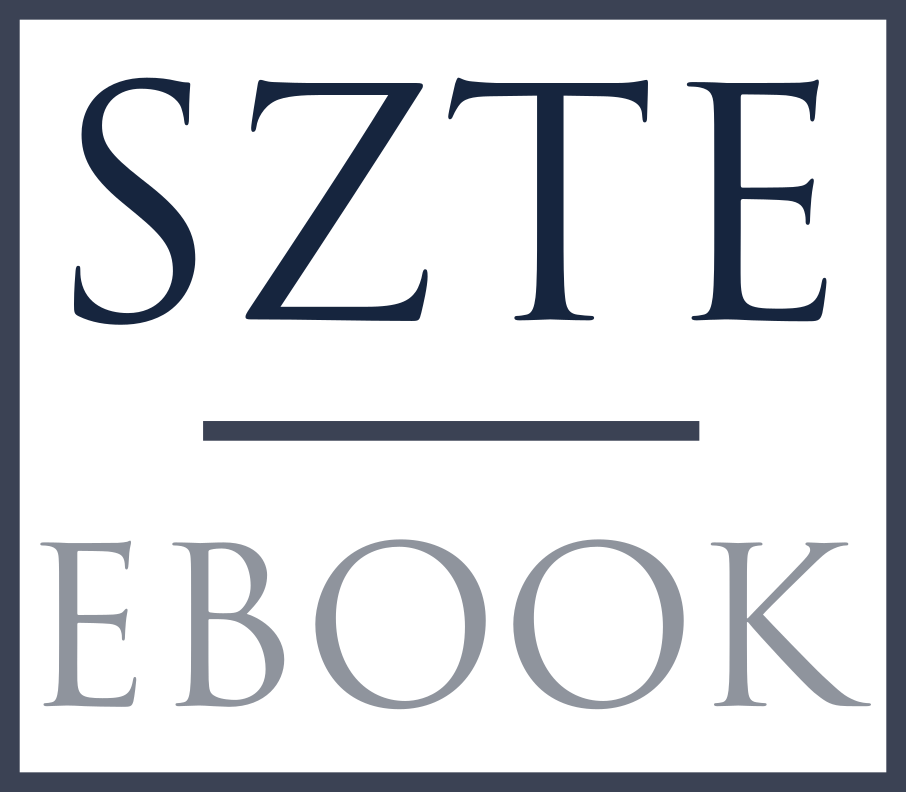New approaches to the Habsburg-Ottoman diplomatic relations
Kulcsszavak:
Oszmán Birodalom története, 16-17. sz., tanulmányok, Habsburg Birodalom története, tanulmányok, Magyarország történeteTartalom
This volume contains articles of the members of the MTA-SZTE Research Group of the Ottoman Age (Eötvös Loránd Research Network) and some dear colleagues, who work with us in a close contact. The articles are presenting the results of their own research.
The Research Group of the Ottoman Age was founded almost in 2017, and focuses on medieval and early modern Ottoman-Hungarian and Habsburg diplomatic history based on international examples. It has been greatly inspired by the influential research and publications of Dariusz Kolodziejczyk, who has written about Ottoman, Crimean Tatar, and Polish relations; and Hans Peter Alexander Theunissen, who presented the almost complete Venetian-Ottoman diplomatic contact based on the political and commercial treaties in his dissertation. These works can be seen as precursors to the current project. In it, the texts of the peace treaties between the Ottoman Empire and the medieval Hungarian state, or later the Vienna-based Habsburg Monarchy that replaced it in eastern diplomacy, are processed from the first examples in the 15th century up to 1739.
Fejezetek
-
Preface
-
Temporary appointments by the SultanA new method for ensuring succession in Transylvania before the death of the ruling prince
-
The history of the regiment of Johann von Pernstein
-
The burden of authority - the preparations for the ambassadorial mission to Constantinople of baron Johann Ludwig von Kuefstein in 1628
-
On the margins of the second treaty of Szőny data for the history of the signing of the treaty of Szőny in 1642
-
A campaign against two enemies simultaneously?The 1658 military venture of the Ottomans
-
Ambassador or rogue? : the labyrinth of Habsburg diplomacy in the light of a murder in Constantinople
-
Letters from Tayyib Gökbilgin’s personal archives : László Rásonyi
-
A bibliography : works made within the framework of the ongoing project of MTA-SZTE Research Group of the Ottoman Age (ELKH) between 2017 and 2021


